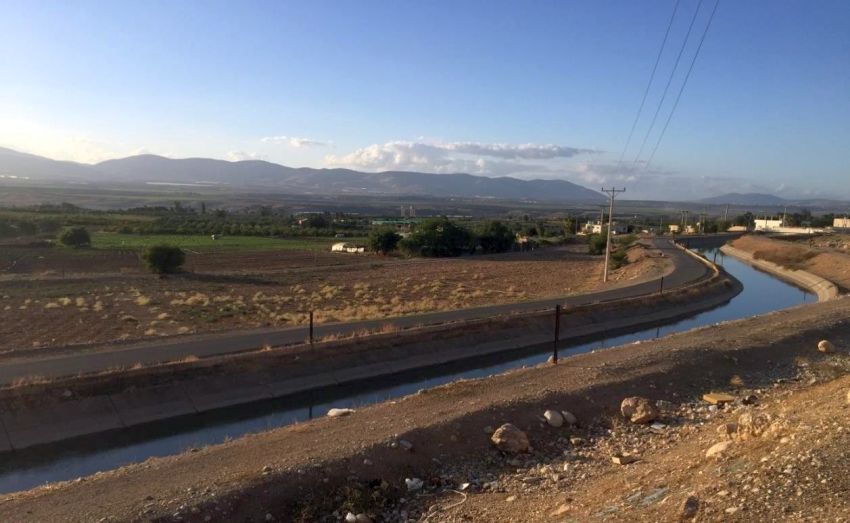ReWater MENA reveals a deepening water crisis in Jordan – and a way forward

Jordan is the second most water scarce country in the world. Jordan’s annual renewable water resources are less than 100 m3 per person, significantly below the threshold of 500 m3 per person which defines severe water scarcity. While more than 98% of the population has access to an improved water source, only 93% access a safely-managed source and 86% to a piped network. In urban areas, water is usually available once a week, and less than once every two weeks in rural areas, with reduced frequency during the summer. Only 77.3% of existing sanitation systems are safely managed and only a third of schools have basic sanitation services. These challenges have been exacerbated by increased water demands due to growth in population and in industrial and agricultural capacity.
At the same time, Jordan is among the most vulnerable countries in the world to the impacts of climate change, in a region which already suffers from aridity, recurrent drought and water scarcity. These factors put increased stress on water availability and require a balance between household water demand and irrigation demand for agriculture. Reducing allocated water for the agriculture sector may provide water for the increased water demand for other sectors; domestic and industrial uses. Hence, Jordan government followed a strategy to reduce water for agriculture reallocating water for other sectors. The Strategy will borrow approaches, concepts and methods from complementary water user sectors in order to harmonize related strategic objectives as part of the national water strategy implementation.
To bridge the gap between water supply and demand, ReWater MENA project, a 4-year regional project funded by Swedish International Development Cooperation Agency (SIDA) and implemented by International Water Management Institute (IWMI), aims at expanding safe water reuse in the MENA region. The project along with its partners, works on validating wastewater reuse models in irrigation. Moreover, treated wastewater can be considered as an adaptation measure to climate change that is capable of reducing the deficit between water demand and water resource potential.
As a partner of ReWater MENA project, the Royal Scientific Society (RSS) has been developing an integrated and sustainable wastewater reuse model at the Northern Valley, considering social, technical, economic and environmental impacts. Farmers in the Northern Jordan Valley rely completely on King Abdullah Canal (KAC) for irrigation. They utilize the average of 35 MCM annually to irrigate about 5000ha, mainly citrus trees, which approximately covers only 70% of the actual water requirements. Yet, about 15 MCM/year of the treated wastewater, coming down from three main wastewater treatment plants in Irbid, are being discharged to Jordan River without any reuse.
As mentioned by Dr. Moayied Al Sayed from RSS, "The reuse model assumes reusing the whole quantity of the treated wastewater coming down from the three upstream plants to be mixed with the KAC water in different ratios i.e. 1:5; 1:7 and 1:9. The CropWat model, developed by FAO, has been used to estimate the actual water requirements for citrus trees in the targeted areas, in comparison with the current supply from KAC. The reuse model suggests covering the gap between the actual requirements of trees and the current supply by reusing the treated wastewater, which would in turn improve the crop yield",
The RSS team has also considered the climate change impacts i.e. reducing precipitation and increasing temperature, which would result in changing the water availability at KAC, and accordingly the water allocated for farmers. The RSS team are extracting precipitation data from bias adjusted EURO-CORDEX domain for the period from 1998-2017 for 4 different General Circulation Models (GCMs) driven by one regional model.
Along with the technical modelling exercise, the RSS team has been working hand-in-hand with the community members, farmers, governmental bodies and CBOs to better understand the social and economic constrains that are relevant to the reuse model. Once the reuse model is finalized, the RSS, through the National Steering Committee and National Learning Alliance, will be applied on ground. The wastewater reuse at Northern Valley would potentially save the amount of 10 MCM of freshwater flows in KAC that would alternatively be used for domestic purposes.
